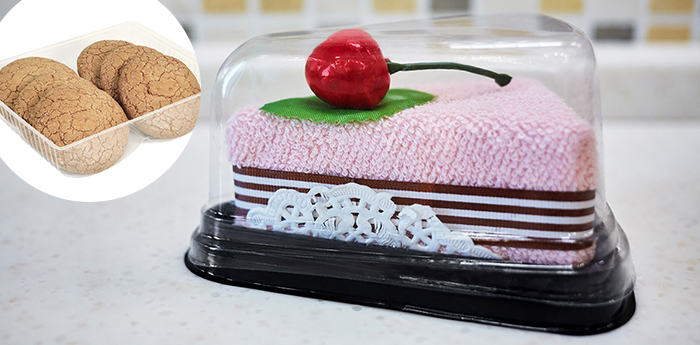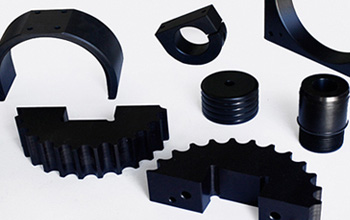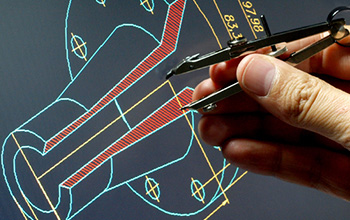Plastic Forming
Plastics Engineering
Plastic forming comes under the umbrella concept of plastic engineering techniques in which plastic is used to reform into various other shapes and sizes and further used into different packaging techniques as well as other industrial needs. Here, the material is not traditionally used in liquid or semi-liquid state. In Plastic Forming, the material is needed to be ductile and soft, which further helps to form shapes according to industrial needs.
Plastic manufacturing Sydney has incorporated the forming technique that originated ages back and was used in the conventional methods of moulding. Traditionally, clay was used popularly with mouth various types of plastic formings are as follows:
The various types of plastic formings are as follows:
- Forging
- Rolling
- Extrusion
- Drawing
- stamping
Forging:
This method mostly involves a metal-based hydraulic press to form and deform molds and shapes according to the specifications. A few other forging processes include dying forging press, ring guarding and special forging, etc.
Rolling:
The rolling technique in forming includes pressurised metal bars which are passed through various shapes and results in the packaging in various shapes and sizes. This plastic engineering techniques involves longitudinal rolling, cross-rolling and skew-rolling techniques.
Extrusion:
This method involves shaping the plastics with the help of extreme heat and molding them into the desired shapes. This process involves creating blanks to mould and expedite the packaging process.
Drawing:
This plastic forming method uses external forces to form or deform the material to the required size and helps greatly in the packaging industry. The tools used in this technique are simple and the result attained is highly precise.
Stamping:
This technique helps in obtaining light weight and high rigidity objects that help in obtaining high quality products at a reasonable costs. This method is particularly in demand due to its recycling abilities.
Commonly used material in Plastic forming techniques:
- ACETAL
- POLYPROPYLENE
- PEEK
- HDPE
- PVC
- UHMWPE
- POLYCARBONATE
- NYLON
Plastic thermoforming (Plastics Engineering) is one of the fastest-growing methods of producing plastic packaging. At Advantek, we can create a variety of packaging products such as food trays, cupcake trays, cake boxes, etc, by using thermoforming. Thermoforming is commonly used for food packaging but can also be used to make products for retail, personal care, and non-sterile mechanical industry.
Benefits of plastic forming techniques:
- Cost efficiency: Since plastic engineering methods are used mechanically, the labor cost incurred decreases to a very large extent. This in turn helps the industries in cutting unnecessary costs adding up to the article.
- Sustainability: Since these forming techniques are majorly using plastic, hence they provide a long-lasting solution that is favorable, especially for the packaging industries.
- Durability: These packaging solutions help in easing the long transit and preserve the articles during the process. Hence, favoring this method enhances the durability of the product as well.
Commonly used materials in thermoforming are:
- Acrylic (PMMA)
- Acrylonitrile Butadiene Styrene (ABS)
- Cellulose Acetate
- Low Density Polyethylene (LDPE)
- High Density Polyethylene (HDPE)
- Polypropylene (PP)
- Polystyrene (PS)
- Polyvinyl Chloride (PVC)
Types of plastics used in engineering
ACETAL
POLYPROPYLENE
ACRYLIC / PLEXIGLASS
PEEK
HDPE
PVC
UHMWPE
POLYCARBONATE
NYLON
Our Services
Profiles, Rods, Sheets, Tubes
We stock a wide range of Engineering plastics stock shapes from HDPE to high performance products.
Machined Components
Advantek specializes in advanced manufacturing in all engineering plastics grades.
Laser Cutting & Fabrication
Precise laser cutting is critical for quality manufacturing and finish.
Design & Modelling
In many cases, our clients approach us with a concept of the kind of product they require.
Reverse Engineering
Reverse Engineering involves dissembling or dismantling a product in order…
3D Scanning / 3D Printing
3D printing helps achieve miniature models and successful prototypes to be used in bulk orders.







